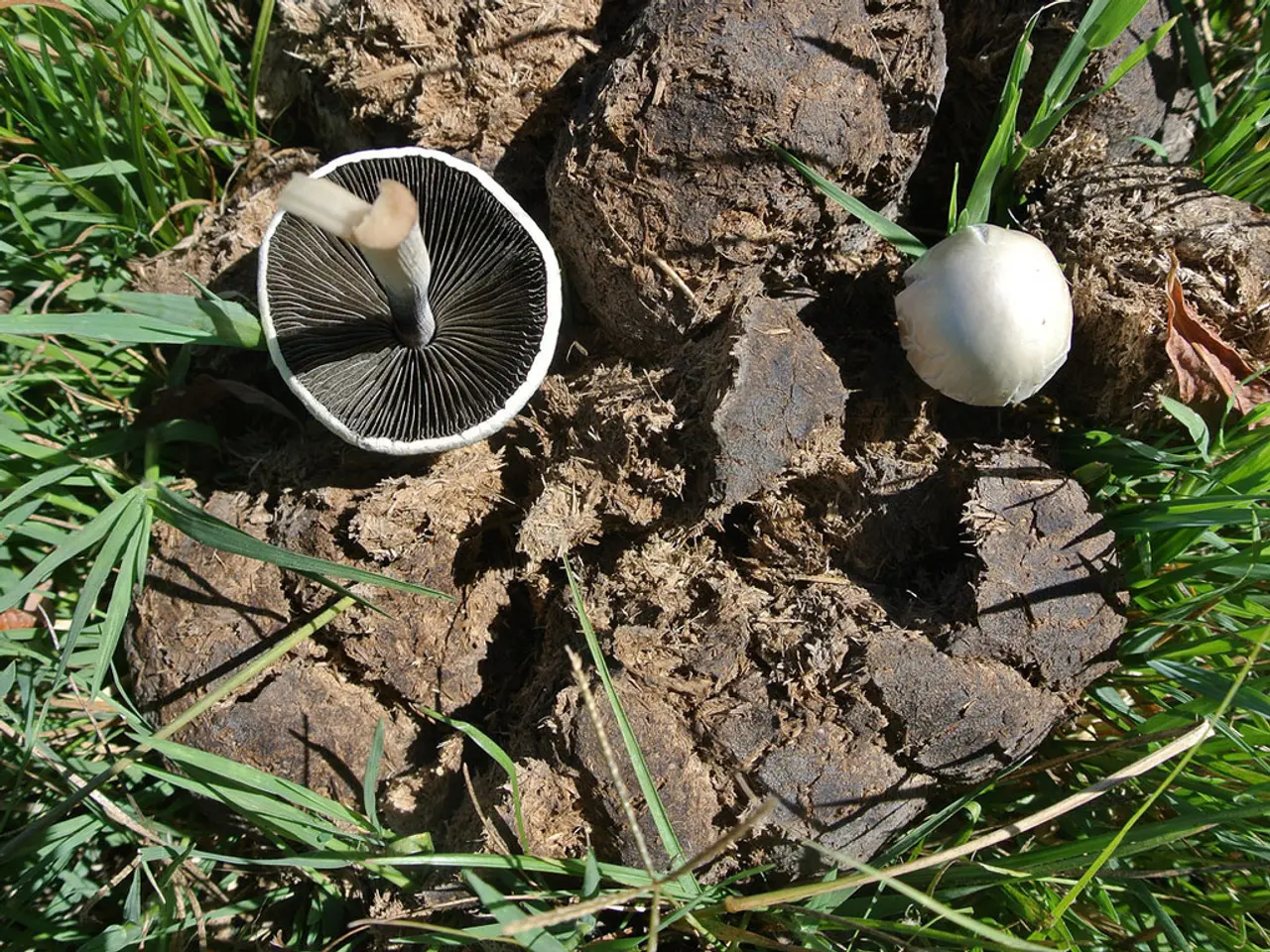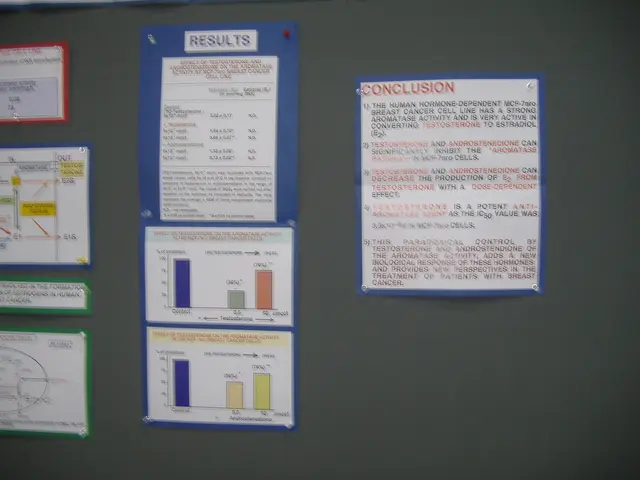Research Reveals Potential for Producing Fuel from Invasive Plant Species
In a groundbreaking development, researchers are exploring the use of invasive weeds as a source of renewable energy in the form of biomass pellets. These small, cylindrical pellets, resembling pet food, are a potent source of energy that can contribute to heating, electricity, and combined heat and power (CHP) systems.
The process of creating these pellets involves several key steps. First, the invasive weed biomass is collected and dried to reduce its moisture content. This dried biomass is then ground into smaller particles and compressed under high pressure through a pellet mill, forming dense, uniform pellets. In some advanced processes, the biomass is baled before processing for transportation and storage efficiency.
Utilising these invasive weeds for energy production offers several benefits. For one, it adds value to previously unusable biomass, providing an alternative to these problematic species that often have no commercial value and cause issues for ecosystems and farmers. Furthermore, removing invasive species helps restore natural ecosystems and biodiversity.
Moreover, using biomass pellets can reduce dependence on fossil fuels, lowering carbon dioxide emissions. Certain projects combine biomass removal with carbon storage techniques for long-term sequestration. Additionally, harvesting and processing invasive weeds provide employment opportunities in rural areas, contributing to job creation.
However, this method is not without its challenges. Variable biomass quality, collection and logistics, technical constraints, economic viability, and environmental concerns are some of the obstacles that need to be addressed. For instance, invasive weeds vary in composition and moisture, making pellet production inconsistent and sometimes energy-intensive. Harvesting invasive weeds from dispersed areas can be labour- and cost-intensive, and transport and storage of bulky biomass present logistical hurdles.
Despite these challenges, producing biomass pellets from invasive weeds is a promising renewable energy strategy that simultaneously addresses ecological restoration and energy production. It requires careful management of feedstock quality, logistics, and environmental impacts to be effective and sustainable.
This strategy aligns with the Australian Renewable Energy Agency's objective that 20% of the country's energy needs be met by bioenergy by 2050. A recent study by the University of Queensland evaluated 15 weed species and found that climbing asparagus and Brazilian nightshade are exceptionally well-suited for pellet production.
While numerous technological and logistical obstacles stand in the way of increasing the production of biofuel from invasive weeds, the study guarantees that the pellets have a lignin level of roughly 25%, which satisfies market-grade standards and makes them a competitive alternative fuel source. Electricity can be produced by burning these pellets in heating systems for homes or businesses.
In conclusion, harnessing invasive weeds for renewable energy presents a sustainable solution for Australia, offering potential benefits for both the environment and the energy sector. However, careful consideration and management are necessary to ensure that this strategy is effective, sustainable, and environmentally friendly.
- In the realm of environmental science, the exploration of using invasive weeds for renewable energy through biomass pellets is a groundbreaking research.
- These biomass pellets, resembling pet food in form, can be utilized in heating, electricity, and combined heat and power (CHP) systems.
- The educational and research institutions are seeking to develop courses and consulting services concerning the production of green energy from invasive weeds.
- Events and conferences are being organized to discuss the sustainability aspects of this innovative method, focusing on its potential impact on the environment and ESG (environmental, social, governance) considerations.
- Furthermore, the education and self-development sector are promoting understanding and skills training in sustainable living, including the use of renewable energy sources like biomass pellets.
- In the finance sector, benefits such as reduced dependence on fossil fuels and lower carbon dioxide emissions contribute to attracting investors interested in sustainable real-estate and home-and-garden projects.
- Education and personal growth are encouraged as individuals take an active role in adopting sustainable living, such as investing in renewable energy and implementing sustainable practices in their lifestyles.
- Career development opportunities are arising in the form of consulting roles, event planning, and research positions related to the production and use of invasive weeds for renewable energy sources.
- Data and cloud computing technology are essential for monitoring, optimizing, and solving the technical challenges associated with the production and utilization of biomass pellets.
- The sports and sports-betting industry is also getting involved, with some platforms offering incentives for companies or individuals that invest in and promote sustainable initiatives like the production of biomass pellets.
- In the environment, removing invasive species not only contributes to restoring natural ecosystems and biodiversity but also addresses issues faced by farmers and ecosystems in terms of the invasive species.
- Utilizing invasive weeds for renewable energy is a promising strategy, not only for energy production but also for fostering job creation in rural areas through harvesting and processing activities.
- By addressing the technological, logistical, economic, and environmental challenges, the potential of biomass pellets derived from invasive weeds can reach its full potential, becoming a sustainable and competitive alternative fuel source.




